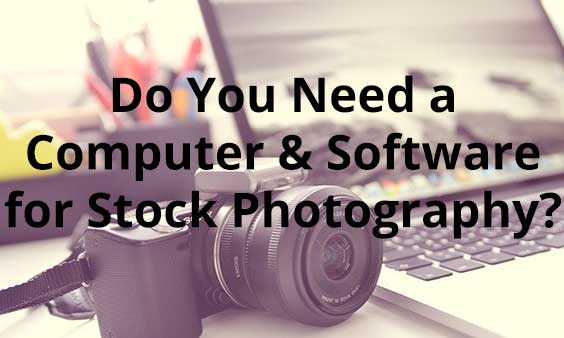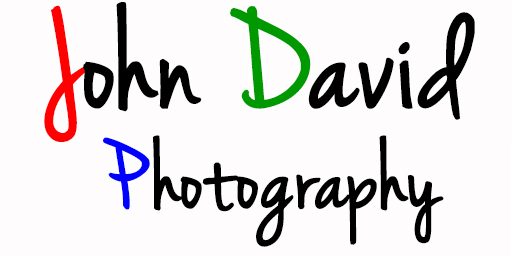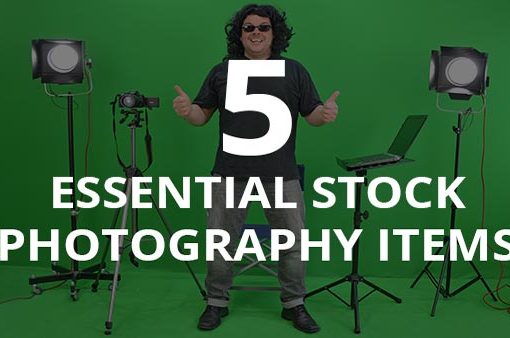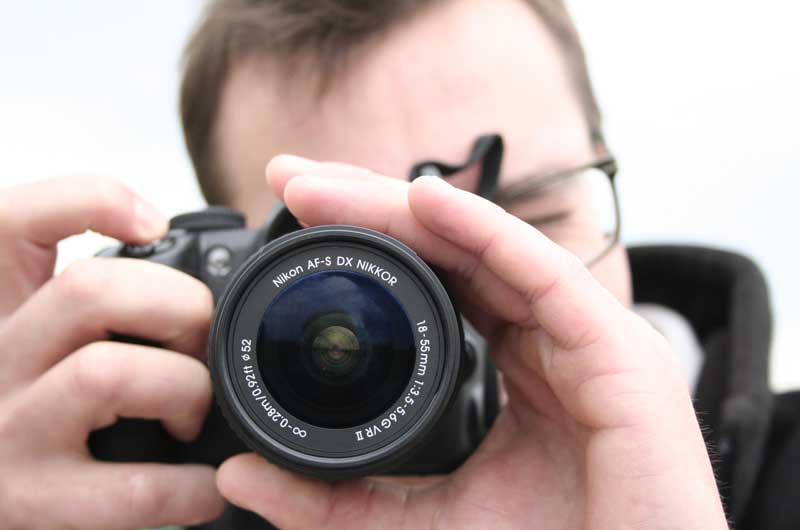
A computer and some software is an absolutely vital tool for stock photography.
There is a bit more to being a stock photographer than just taking some nice photographs and then uploading them to stock agencies. Once the photographs have been taken, they need to be processed. The photographs need to be checked for technical quality. Some photographs will need editing work to remove dust spots, company logos and more. Some photographs will benefit from adjustment of colours, shadows, contrast etc. It may be helpful to add geo-location data and keywords to the metadata of photographs. The stock agencies require photographs in certain formats. They also require photographs to be within a specific range of file size. These are all tasks which are carried out on a computer. Many of the tasks are made much easier by using specialist software.
We’ll take a quick look at the computer requirements first. To begin with, a powerful computer is not crucial. The most important part of a computer is the quality of the display screen. Whether you use a laptop or a desktop with a monitor, the quality of the screen is critical. You will be spending a lot of time making sure that your photographs have the correct colour, contrast and brightness before you make them avail;able for sale. It’s important that the buyers of your photographs can see them on their own screens, exactly as you intended.
All screens are not made the same. There are 3 common types of screen. For most general office or home purposes, the screen type is unimportant, so the manufacturers don’t always promote which kind of technology is used for their screens. The 3 screen types are twisted nematic (TN), vertical alignment (VA) and in-plane switching (IPS).
- TN Panels are the cheapest and most popular screen. They have very fast response times which makes them ideal for moving pictures and video. However, they have very narrow viewing angles and often have subdued colours. They can be identified by looking at the screen from above, below or one side. If the colours change dramatically when you are not looking at the screen straight on, then it will be TN. Also, if the screen doesn’t have a glass front, stroking your finger across the screen will leave a “trail” behind your finger.
- IPS Panels are the most expensive panel types generally available. They have the best viewing angles and the most accurate colour reproduction.
- VA Panels use a technology very similar to IPS, but are often cheaper. They are sufficient for photography work, especially for someone working to a budget.
For a beginner to photography we would recommend a minimum of a VA screen and preferably an IPS screen. Both screens are available in desktop monitors and laptops.
The hardware specification of a suitable computer doesn’t need to be too high for a beginner, but generally, the more powerful the processor and the more RAM memory available, the smoother and faster it will be to process your photographs. One thing you will definitely need lots of though, is storage space. You will need plenty of space on your hard drive. This is easy to expand though, external hard drives are readily available in a wide range of capacities. The file size of photographs for stock purposes tend to be quite large. You will be surprised how quickly a 500GB hard drive becomes full. We’ll look closer at computer specifications in future articles.
There are 3 choices of operating system which we would recommend. Many professional photographers, artists and musicans swear by Apple Mac. Almost as many people are very fond of Microsoft Windows. Both are fine operating systems. We prefer Windows simply because there is a much wider range of available software at very good prices. The third option is Linux. Strictly for computing enthusiasts, Linux is very stable and there is a very wide range of photography software available. We will leave your final decision of operating system to your own choice.
There are thousands of softwares for photography. Some are essential, some are useful and some are rubbish. Prices vary from free to expensive. If you buy a new camera it may come with some software to get you started. There are some very good free softwares which will also get you started. The two most popular softwares are, of course, Adobe Lightroom & Photoshop. Full professional grade software which although it isn’t free, it only costs around £120 per year which in our opinion isn’t a lot of money. We’ll take a closer look at software options in future articles.




